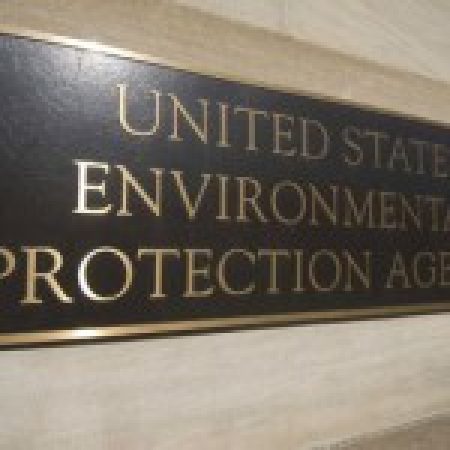EPA published its new rule regulating Waters of the United States last week. Response was instantaneous and vicious. Speaker of the House Boehner spoke for many in agriculture and those who own property when he said, “The Administration’s decree to unilaterally expand federal authority is a raw and tyrannical power grab that will crush jobs.
House Members of both parties have joined more than 30 governors and government leaders to reject EPA’s disastrous WOTUS rule. These leaders know firsthand that the rule is being shoved down the throats of hardworking people with no input, and places landowners, small businesses, farmers, and manufacturers on the road to a regulatory and economic hell.”
Strong language! I will examine in detail the Rule over the next few weeks.
Environmental groups are hailing the 297-page WOTUS rule as a savior of clean water in the United States and even running television spots supporting the regulation.
The Executive Summary of WOTUS covers the first 21 pages of the Federal Register document. EPA starts by quoting the Clean Water Act as stating its purpose is “to restore and maintain the chemical, physical, and biological integrity of the Nation’s waters.”
A lay person reading this would believe this is a requirement.
The CWA is written to have a goal, not a requirement of restoring and maintaining the Nation’s waters. EPA states the CWA reaches beyond waters that are navigable in fact. In its Summary, EPA declares “Peer-reviewed science and practical experience demonstrate that upstream waters, including headwaters and wetlands, significantly affect the chemical, physical, and biological integrity of downstream waters by playing a crucial role in controlling sediment, filtering pollutants, reducing flooding,…”It says its new rule is based “… not only on legal precedent [but] the best available peer-reviewed science… [and] on the agencies’ technical expertise and extensive experience in implementing the CWA over the last four decades.”
This statement may be why Speaker Boehner is upset.
The Executive Summary states, “…this rule does not add any additional permitting requirements on agriculture. The rule also does not regulate shallow subsurface connections nor any type of groundwater, erosional features, or land use, nor does it affect either the existing statutory or regulatory exemptions…such as for agricultural stormwater discharges and return flows from irrigated agriculture, or the status of water transfers.”
Congress has already exempted these discharges and does not need EPA’s permission to “exempt” them.
The Summary devotes major discussion to two words in the rule – “significant nexus.” EPA has sections on Significant Nexus Determinations, Significant Nexus Standard, Science Report, Significant Nexus Conclusions, Scope of Significant Nexus Analysis, Categories of Waters Determined to Have a Significant Nexus, and Case-Specific Significant Nexus Determinations.
EPA claims that an important element of its new interpretation of the CWA centers on waters that have a significant nexus to agreed-on navigable waters of the United States. It says its Final Rule is guided by “…the best available peer-reviewed science-particularly as that science informs the determinations as to which waters have a “significant nexus” with traditional navigable waters, interstate waters, or the territorial seas.”
EPA asserts that its science is based on its earlier study “Connectivity of Streams and Wetlands to Downstream Waters: A Review and Synthesis of the Scientific Evidence”. (On January 2014 I wrote “EPA ‘Connectivity’ to Your Farm and Ranch.) This is a 331 page document which basically concludes water runs downhill. EPA in its Summary describes how it will regulate navigable waters, interstate waters, territorial seas, and impoundments of jurisdictional waters. It also describes, and I will discuss subsequently, adjacent waters, neighboring waters, and waters located in whole or in part “…in the 100-year flood plain and that are within fifteen hundred feet of the ordinary high water mark of a traditional navigable water, interstate water, the territorial seas, and impoundment, or a tributary.”
According to FEMA, our nation has 3.5 million miles of rivers and streams and approximately 175 million acres located in flood plains. That’s a lot to regulate! Maybe this is the economic hell the Speaker is referring to?
(This article first ran in Farm Futures on June 1, 2015)
Email this author






